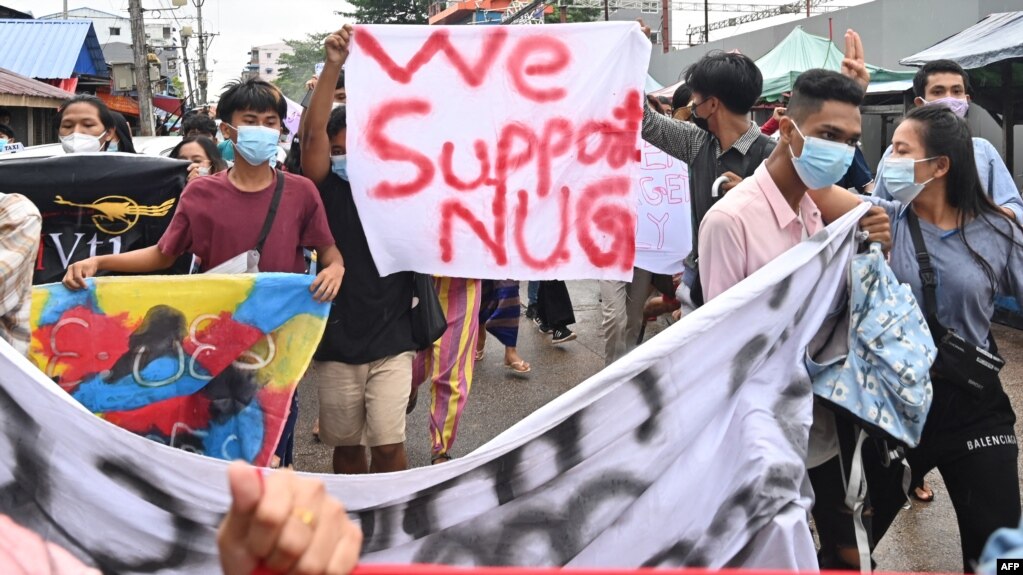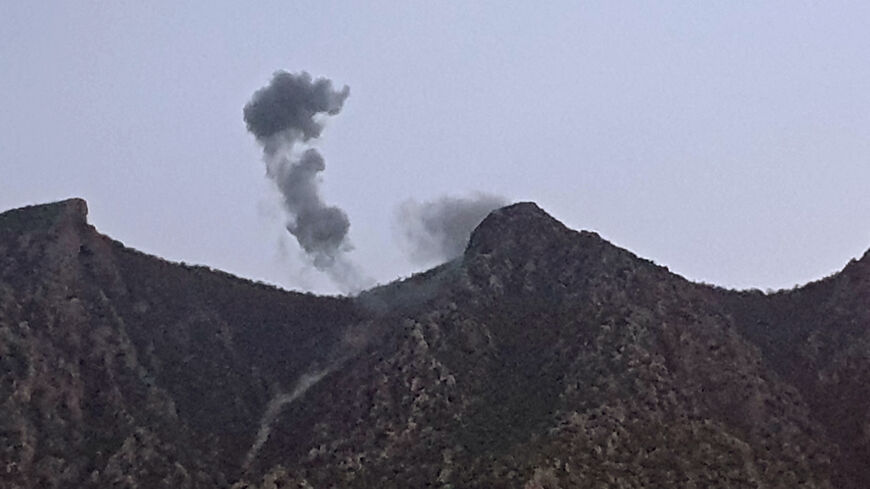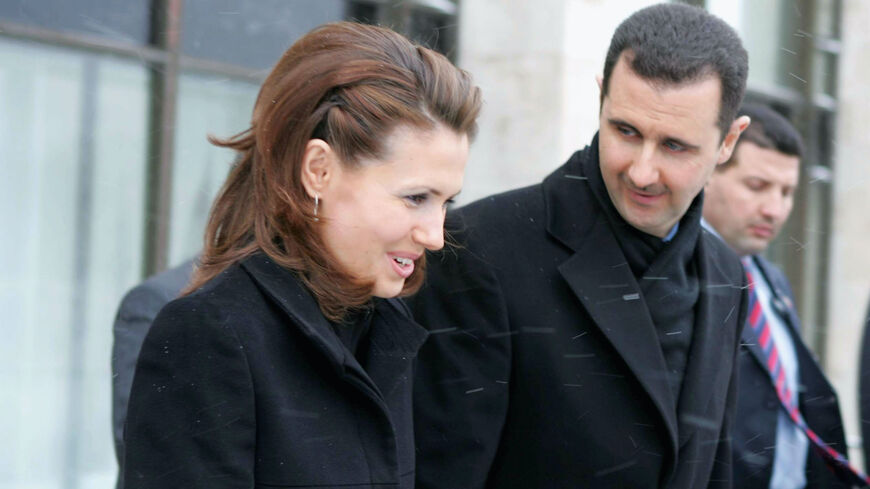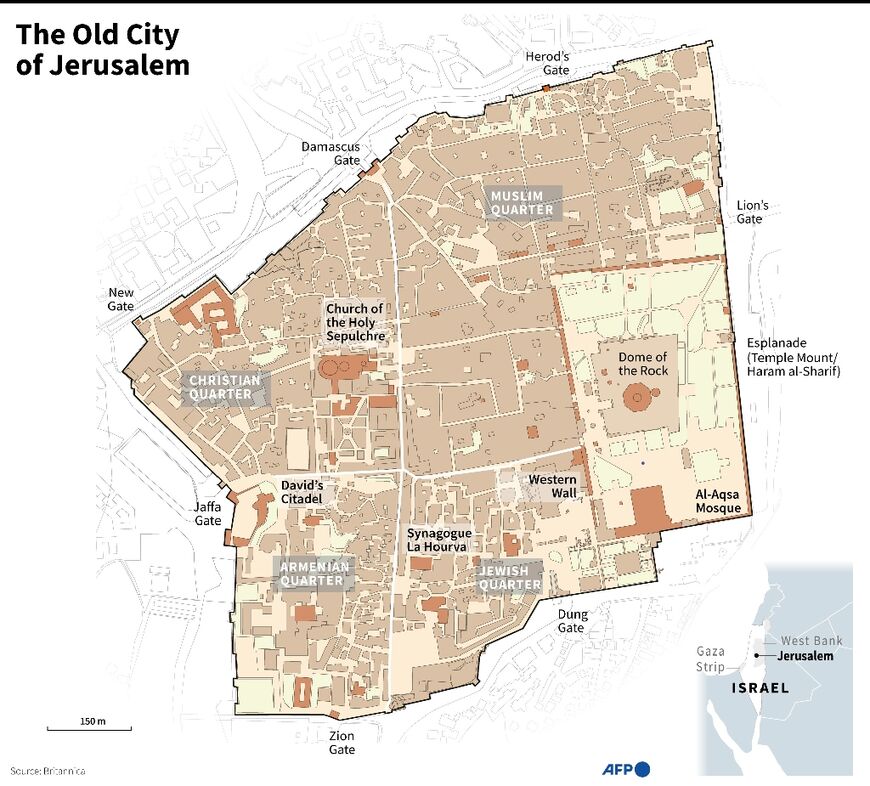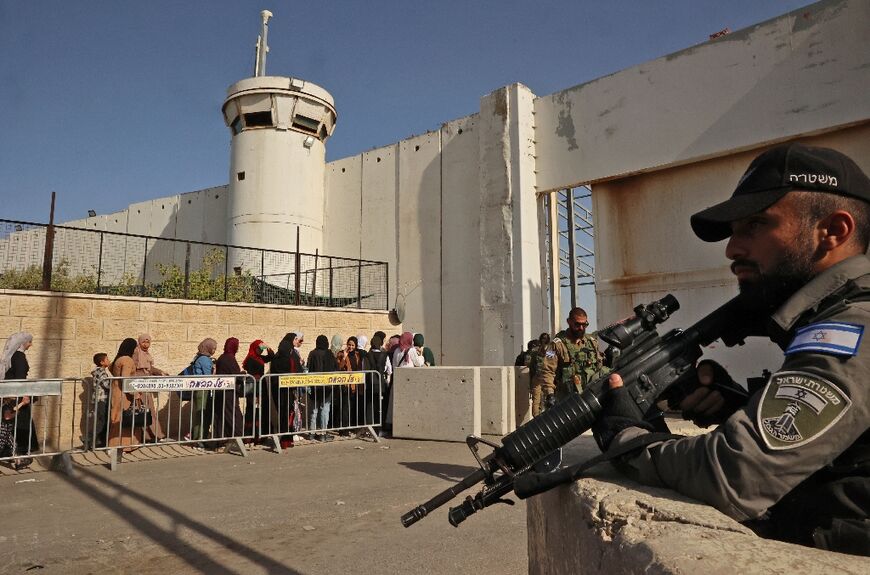
EMERGING MARKETS
A green strategy to defuse the "debt bomb"
Ulrich Volz
29 April 2022
A debt crisis is looming in the Global South. According to the International Monetary Fund (IMF), 60 percent of low-income countries are at high risk or already in debt distress. Moreover, a growing number of middle-income countries is also suffering from high debt service burdens. Debt-to-GDP ratios and external debt service as share of government revenue, which had been on the rise already prior to the Covid-19 crisis, have further increased considerably in many countries since the start of the pandemic. MISEREOR and erlassjahr.de estimate that 135 countries in the Global South are now critically indebted. Almost 50 developing countries experienced a downgrade in their sovereign debt credit rating, shutting several of them out of international capital markets. Almost a quarter of emerging market governments that have issued debt in foreign currency have their bonds trading in distressed territory, with spreads more than 1,000 basis points above US Treasuries. As highlighted by the IMF, the composition of financing is continuing to evolve towards new, more expensive sources. Monetary tightening in the US and other advanced economies is driving up the cost of debt and make international refinancing ever harder for those countries that still maintain access to international capital markets.
A perfect storm triggered by the war?
The Russian invasion of Ukraine has further escalated the situation, creating a perfect storm. The war has sent shockwaves through the global economy and caused the largest commodity shock since the 1970s. Whereas oil, gas, and grain exporters may get temporary relief in the short term, many developing and emerging market countries – including in Sub-Saharan Africa – are net fossil fuel and grain importers. With world food prices at a record high, UN Secretary-General António Guterres has warned of a “hurricane of hunger”. The effects of the war in Ukraine are likely to significantly worsen the social and economic situation in many developing and emerging market countries, further undermining debt sustainability.
High levels of public debt service and insufficient fiscal and monetary space have already constrained the crisis responses of most low and middle-income economies. While advanced countries were able to implement extremely expansionary fiscal and monetary policies in response to the pandemic crisis, few countries in the Global South had this option. In many low- and middle-income economies, external public debt service is greater than health care expenditure and education expenditure combined. The IMF has warned of a dangerous divergence in economic prospects across countries due to large disparities in vaccine access and in the policy space governments have to support the economy. Talk of “building back better” remains hollow if governments are struggling to stay afloat. Rather, as the Financial Times’ Martin Wolf put it, the spectre of a lost decade looms for vulnerable nations, threatening “economic long Covid”.
Fewer resources for the green transition
The precarious debt situation is not only threatening recoveries. It is also impeding much-needed investments in climate resilience. These investments are urgent: Governments must climate-proof their economies and public finances or potentially face an ever-worsening spiral of climate vulnerability and unsustainable debt burdens. There is a danger that vulnerable developing countries will enter a vicious circle in which greater climate vulnerability raises the cost of debt and diminishes the fiscal space for investment in climate resilience. As financial markets increasingly price climate risks, and global warming accelerates, the risk premia of these countries, which are already high, are likely to increase further. The impact of Covid-19 on public finances risks reinforcing this vicious circle. In many countries, including many Small Island Developing States, high public service is crowding out critical investment that is needed for climate-proofing economies and enabling a green, resilient, and equitable recovery.
Multilateral support is not sufficient
Since the start of the pandemic, financial support provided by the IMF and multilateral development banks has provided a lifeline to many governments in the Global South. However, those large portions of these public transfers have been used by debtor governments to pay debt service to external private creditors. The net debt transfer from many developing country governments to external creditors stands in stark contrast to the urgent need of these countries to ramp up investment in crucial areas of development at home.
The measures taken by the international community to date have not sufficiently addressed the worsening debt sustainability problem. The G20’s Debt Service Suspension Initiative (DSSI), which ended in December 2021, provided a mere USD 13 billion in temporary relief to 48 low-income countries through a suspension of debt-service payments owed to their official bilateral creditors. Private creditors, who hold the biggest share of developing country debt, did not participate at all. And both interest and amortisation payments have to be made after a repayment period of five years and a one-year grace period in a net present value neutral manner.
The Common Framework for Debt Treatment beyond the DSSI that the G20 established for the same 73 countries eligible for DSSI treatment to address insolvency and protracted liquidity problems has also fallen short. Like the DSSI, the Common Framework excludes middle income countries. Moreover, it lacks incentives and mechanisms to bring debtor governments and private creditors together. As pointed out by the World Bank “[t]he lack of measures to encourage private sector participation may limit the effectiveness of any negotiated agreement and raises the risk of a migration of private sector debt to official creditors.” The uptake to date has been poor: to date, only three countries – Chad, Ethiopia, and Zambia – have applied for a debt treatment under the Common Framework. Each of these cases has experienced significant delays.
A proposal to scale up efforts
Against the backdrop of the exogenous Covid-19 shock, the enormous investment needs to meet development and climate goals, and the hesitancy of debtor governments to seek relief when the current framework for debt restructuring is putting them in an unfavourable position, a new approach to tacking the debt crisis is urgently needed that will facilitate timely and orderly restructuring and provide a clear pathway for debtor governments to green and inclusive recoveries. A pragmatic scheme is required that will deliver meaningful and timely debt relief to those countries that require it. Given that private creditors hold a majority of public external debt of developing countries, private sector involvement is crucial.
To bring private creditors to the negotiation table, a carrots-and-sticks-approach is needed, that is, a combination of positive incentives (“carrots”) and pressure (“sticks”). With colleagues, I have put forward a proposal for debt relief for a green and inclusive recovery. In terms of incentives, we propose the creation of a new Facility for Green and Inclusive Recovery administered by the World Bank that is designed to entice the commercial sector to engage in debt restructurings. The Facility, which could be established relatively quickly, would back the payments of newly issued sovereign bonds that would be swapped with a significant haircut for old and unsustainable, privately held debt. Private creditors would benefit from a partial guarantee of the principal, as well as a guarantee on 18 months’ worth of interest payments, analogous to the Brady Plan that helped to overcome the stalemate of debt crisis of the 1980s.
In terms of pressure, the financial authorities of the jurisdictions in which the major private creditors (both banks and asset managers) reside and that govern the majority of sovereign debt contracts – most importantly the United States, the United Kingdom, and China – could use strong moral suasion and regulations on accounting, banking supervision, and taxation to improve creditors’ willingness to participate in debt restructuring.
Debt relief should not only provide temporary breathing space. It should empower governments to lay the foundations for sustainable development by investing in strategic areas of development, including health, education, digitisation, cheap and sustainable energy, and climate-resilient infrastructure. As part of our proposal, debtor countries would commit to reforms that align their policies and budgets with Agenda 2030 and the Paris Agreement. The country commitments would be designed by country governments under the involvement of the parliaments and in consultation with the relevant stakeholders.
Ahead of the 2021 United Nations Climate Change Conference in Glasgow, the V20 Finance Ministers – which represent 55 climate-vulnerable nations with a total population of 1.4 billion people – issued a Statement on Debt Restructuring for Climate-Vulnerable Nations, drawing on our proposal. It the statement, the V20 Finance Ministers called for “a major debt restructuring initiative for countries overburdened by debt – a sort of grand-scale climate-debt swap where the debts and debt servicing of developing countries are reduced on the basis of their own plans to achieve climate resilience and prosperity”.
The international community at a crossroads
The international community is at a juncture where it needs to decide if it wants all countries to be able to achieve the Agenda 2030 and invest in climate action. Countries that are overindebted will be able to do neither. Linking debt relief with action on the SDGs and climate is one way of keeping the Agenda 2030 alive. But while debt for climate and sustainability swaps have recently received a lot of attention, it should be highlighted that the experiences with conventional debt-for-development or -nature swaps and comparable debt mechanisms such as debt-for-education swaps have been rather mixed. Small piecemeal approaches clearly will not suffice to meet the challenge. For this reason, the major advanced economies and China need to overcome the current deadlock and agree on a bold, global initiative for debt relief to allow all countries the opportunity to invest in swift recoveries from the pandemic and the chance to achieve the shared goals of the Agenda 2030.

